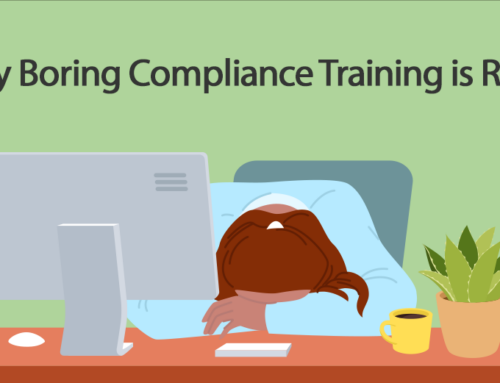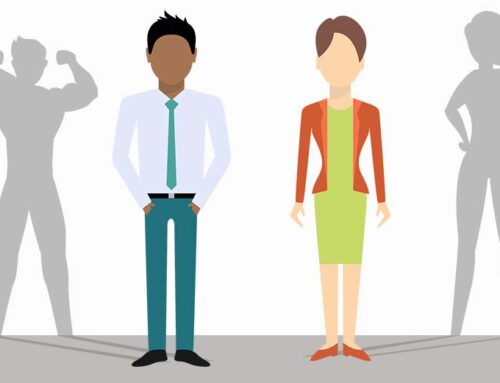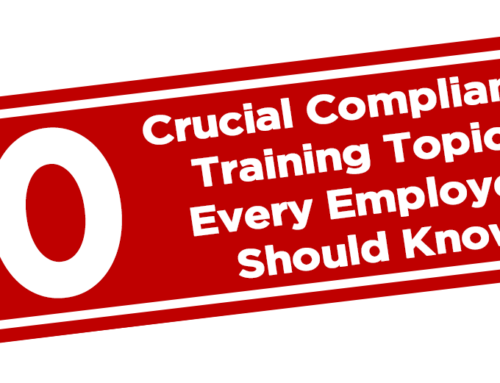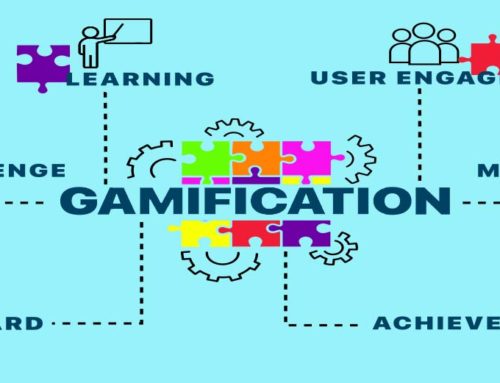Skip to content
Train the Trend
Adapt training for multiple generations.
As a corporate trainer or training developer you may have heard how the demographics of the workplace is changing and will continue to change as the Baby Boomer generation retires and the Millennial generation enters the work force. In May 2010, Harvard Business Review stated, “The makeup of the global workforce is undergoing a seismic shift: In four years, the Millennials will account for nearly half the employees in the world.” But what does this mean to training professionals?
 Demographics are generalizations and like all stereotypes should not be used to place individual people into a type or a category. Just because you were born in a certain year does not mean you will work in a certain way and more importantly, it does not mean you are limited in your capacity to work in various ways. Rather, the purpose of studying demographic statistics is to identify trends in the workplace in order to adapt training content and delivery methods to meet the needs of the ever changing workforce.
Demographics are generalizations and like all stereotypes should not be used to place individual people into a type or a category. Just because you were born in a certain year does not mean you will work in a certain way and more importantly, it does not mean you are limited in your capacity to work in various ways. Rather, the purpose of studying demographic statistics is to identify trends in the workplace in order to adapt training content and delivery methods to meet the needs of the ever changing workforce.
 The best way to accommodate a variety of learning skills is to deliver mobile training with accessibility options. The most popular course will be available to the desk top user who prefers to take a course in her office during business hours, as well the employee working from home who would rather view a course on her laptop after she puts her kids to bed as well as the employee who wants to complete the training, the instant it is launched, while on her mobile phone, riding the subway.
The best way to accommodate a variety of learning skills is to deliver mobile training with accessibility options. The most popular course will be available to the desk top user who prefers to take a course in her office during business hours, as well the employee working from home who would rather view a course on her laptop after she puts her kids to bed as well as the employee who wants to complete the training, the instant it is launched, while on her mobile phone, riding the subway.
Before you deploy the next course, determine the various methods your employees prefer to receive training and identify the most popular solutions. Understand the learning skills and preferences of the various generations in order to enable a learning experience with the greatest impact. Examples of generation trends are listed in the chart below.

Like this:
Like Loading...
Related
Share This Story, Choose Your Platform!
Page load link
 Demographics are generalizations and like all stereotypes should not be used to place individual people into a type or a category. Just because you were born in a certain year does not mean you will work in a certain way and more importantly, it does not mean you are limited in your capacity to work in various ways. Rather, the purpose of studying demographic statistics is to identify trends in the workplace in order to adapt training content and delivery methods to meet the needs of the ever changing workforce.
Demographics are generalizations and like all stereotypes should not be used to place individual people into a type or a category. Just because you were born in a certain year does not mean you will work in a certain way and more importantly, it does not mean you are limited in your capacity to work in various ways. Rather, the purpose of studying demographic statistics is to identify trends in the workplace in order to adapt training content and delivery methods to meet the needs of the ever changing workforce. The best way to accommodate a variety of learning skills is to deliver mobile training with accessibility options. The most popular course will be available to the desk top user who prefers to take a course in her office during business hours, as well the employee working from home who would rather view a course on her laptop after she puts her kids to bed as well as the employee who wants to complete the training, the instant it is launched, while on her mobile phone, riding the subway.
The best way to accommodate a variety of learning skills is to deliver mobile training with accessibility options. The most popular course will be available to the desk top user who prefers to take a course in her office during business hours, as well the employee working from home who would rather view a course on her laptop after she puts her kids to bed as well as the employee who wants to complete the training, the instant it is launched, while on her mobile phone, riding the subway.





